Considering Starlink for your RV or home? Read this guide for all your FAQs
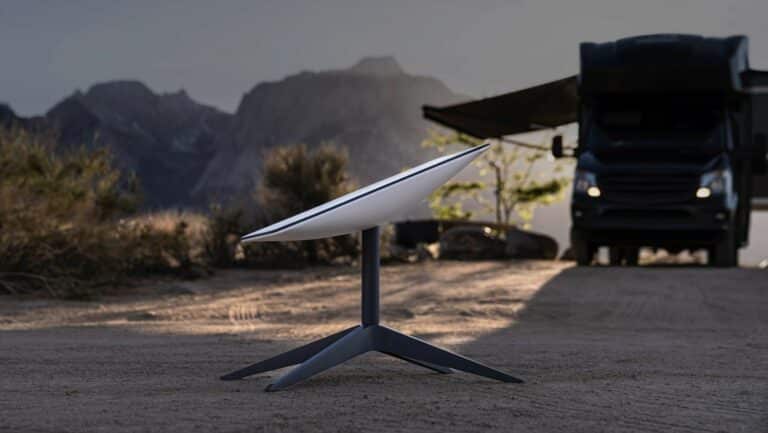



Starlink has emerged as a groundbreaking solution to the lack of internet in rural Australia and for those needing and/or wanting to remain connected while on the road. Whether you’re a rural dweller seeking reliable internet, a digital nomad, or are simply sick of dealing with Telstra and Optus, this guide is designed to answer your frequently asked questions about Starlink.
We’ll discuss what it is, who it’s for, the different options, the cost, whether it’s worth it and a number of other FAQs.
Don’t feel like reading or just want to know what you get in the box and how to plug it in when you’re on the road? Then watch the video below:
Starlink is the world’s largest and first satellite constellation. It orbits the Earth much closer than the majority of single geostationary satellites, which, in the past, is where most satellite internet services come from. Geostationary satellites orbit the planet at around 35,786km, a distance that makes it nearly impossible to do high data rate activities such as making video calls, playing games online and watching movies.
Starlink, on the other hand, orbits the Earth much closer (around 550km), and when you combine this with the latest tech, is able to deliver high-speed, low-latency internet to users all over the world. The satellites themselves are clever enough to auto-avoid collision with other spacecraft and debris and have a custom-built navigation system that surveys the stars to work out their location and ensure precise placement.
Those who live in regions of Australia with poor or no internet service will benefit from Starlink, as will those cut off during a natural disaster, digital nomads, those travelling around Australia and visiting remote regions, and even people who want an alternative to their existing providers.
When you order a standard Starlink Kit (there are a few different options), it includes everything you need to connect to the internet, including a Starlink dish and base, a router, a power supply for the router, and a cable that connects the dish to the router.
The standard Starlink base is designed to be placed on the ground to get you started. However, if you want to mount it to the roof of your house, on a pole or somewhere else, additional mounts and accessories are available in the Starlink Shop.
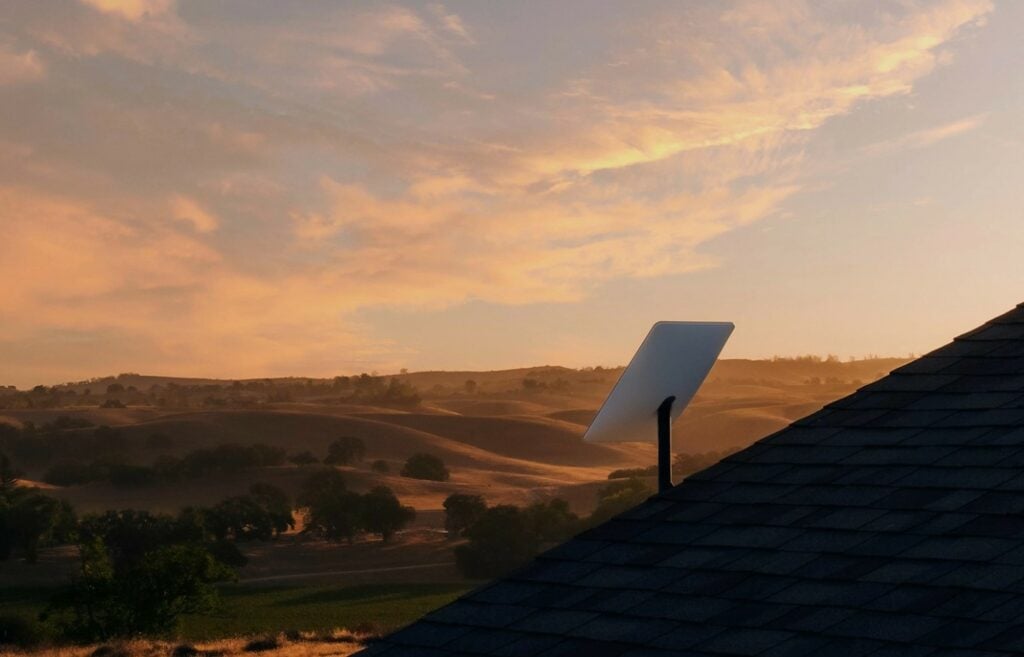
At the time of writing, there are three different types of Starlink dishes available in Australia. These include the standard dish (the one I have purchased in the video), a high-performance dish and a flat high-performance dish.
The standard dish is best for everyday internet, like watching movies, making video calls, online gaming, accessing your emails, paying your bills and all the usual things you would get online for throughout the day. This is the most popular option as, depending on your plan, it can be used anywhere in Australia – even places where you would usually have zilch phone reception. It sets up and packs down quickly however, you cannot use this dish while in motion.
There are two main plans on offer, Starlink Roam and Starlink Residential. Starlink Residential cost $139 per month for the service, with a one-time hardware cost of $599. Starlink Roam (used anywhere in Australia) is $174 per month for the service, with a one-time hardware cost of $599. There is also a Starlink Roam Global plan for $300 per month or a mobile priority service for $374 per month.
The high-performance dish is mainly used by businesses as it can connect to more satellites, allows better speeds at high temperatures and handles extreme environments better. This dish can be purchased on the plans mentioned above. However, it will set you back $3,740 for the initial kit. Monthly business plans start at $374 per month.
The flat high-performance dish is the only dish that will work in motion (like on top of your car while you’re driving) and is designed for mobility applications and challenging environments. It boasts enhanced GPS capabilities, has a wider field of view and can connect to more satellites. It’s designed to be used as a permanent installation and is reportedly more resilient to extreme environments. This doesn’t necessarily mean it’s the best option for RVs though (see further down).
This dish will also set you back $3,749, and monthly plans start at $399 per month.
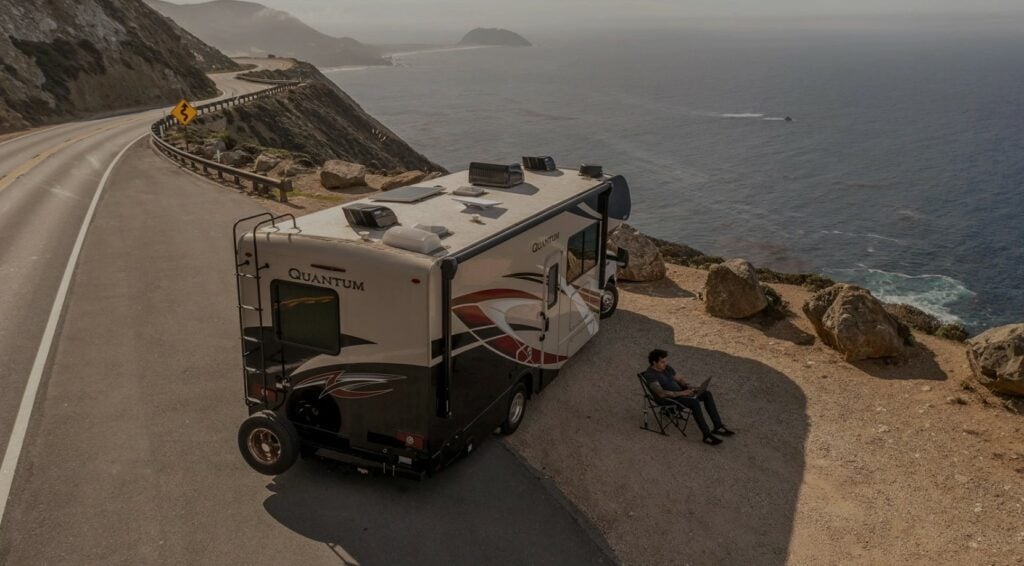
If you live in a city and have no problems with internet connections and do not need it for work in rural areas, then I would say no, Starlink is not worth it for you. But for the thousands of Australians who live in a rural area with no access to cable or fibre internet (like myself), or for those of you who work either sometimes or full-time on the road in rural areas (also like myself), Starlink is most definitely worth it. It’s also the perfect solution for those doing the big lap who want to remain connected, not just for social reasons, but so they can call for help if they break down in a remote location.
For 100% coverage Australia-wide, Starlink is currently the only option.
You just head to their website at www.starlink.com and place your order.
Setting up the standard Starlink dish is super easy. Simply:
Yes, but you will need to use an inverter and manage your power needs.
The Starlink website says Starlink users typically experience download speeds between 25 and 220 Mbps, with a majority of users experiencing speeds over 100 Mbps. Upload speeds are typically between 5 and 20 Mbps.
I currently have 10 devices connected to my Starlink (one of which is streaming movies), and I’m getting 163 Mbps with 7.0 Mbps uploads.
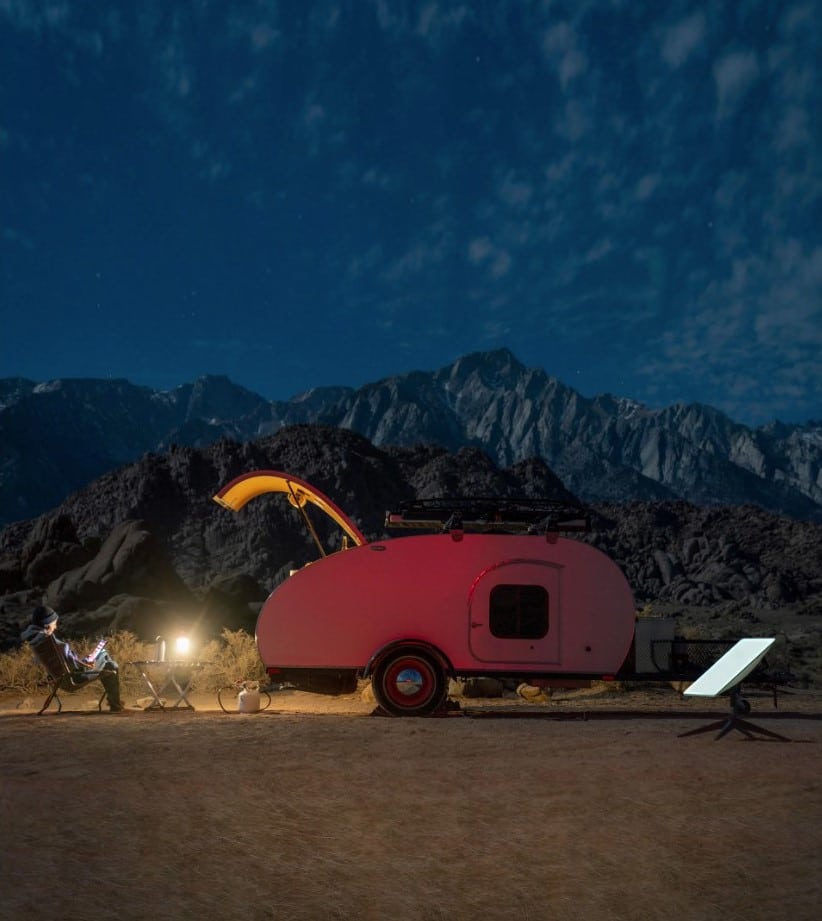
Yes, the Starlink dish can get wet, but the router can not and needs to stay inside. According to Starlink, the dish can withstand extreme cold, heat, hail, heavy rain, gale-force winds and even rocket engines. If there is snow on your Starlink, there is a ‘melt snow’ function that you can access via the app.
Starlink says they have Australia-wide coverage as per this map. However, please remember that Starlink needs a clear view of the sky.
Well, obviously, the higher-performing ones are better for signal because they can lock onto more satellites. But are they better for your situation? Not necessarily. The two high-performance dishes are significantly more expensive than the standard dish, so if you only need Starlink for normal, everyday use, why spend the extra money on a more expensive dish that isn’t really needed?
Well, that depends on how much money you want to spend, but the standard dish (which I have) on the Roam plan is the cheapest option for those travelling around Australia. This is one of those rare cases where the cheapest option actually works damn good.
For RV travel, even if I had a spare few K lying around to get the small, flat high-performance dish that can be mounted on your RV roof, I still wouldn’t. Why? Because I like to park my van under a tree in the shade, and this blocks Starlink’s view of the sky. Using the standard dish, I can still park in the shade but put the dish anywhere I want to get the best signal.
You don’t need to. Starlink just needs to be able to see the sky without obstruction, and then it finds the signal itself and self-orientates to the optimum angle. If you are unsure if the view is obstructed, there is a tool on the Starlink app that will help you find the least unobstructed spot around your home or RV for your dish.
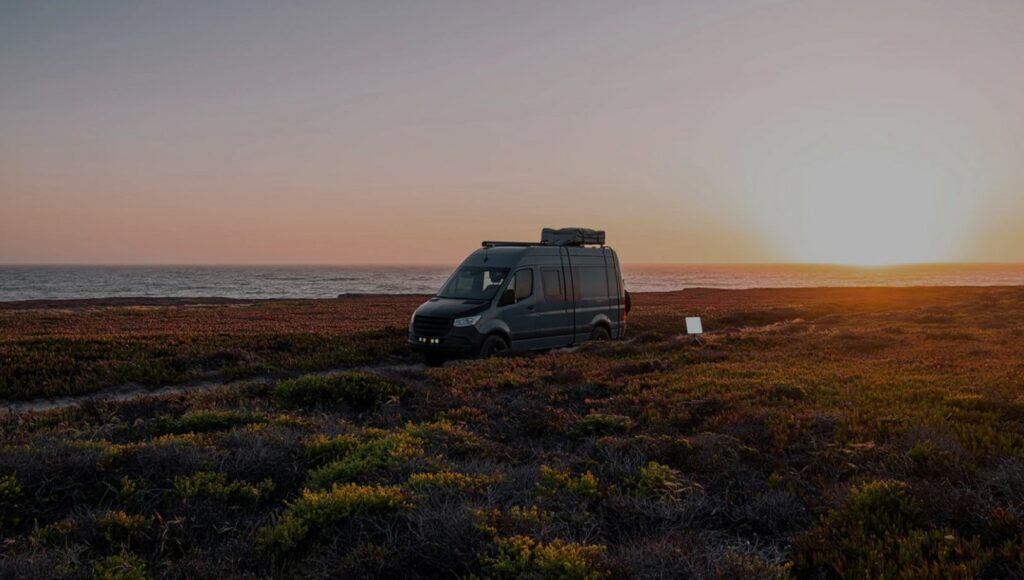
Well, I guess only SpaceX can answer this, but one can assume the following:
No clue. But there are no lock-in plans, so if they jack up the prices too much, you can simply cancel your service.
Hmmmm can’t help you there. Maybe you could hit up Elon Musk on Twitter …erm I mean X… for an answer.
Starlink satellites are visible to the naked eye for several weeks after they are launched while they climb to their final height. While climbing, they look like a ‘train’ of bright lights moving across the sky and, as such, have prompted numerous “UFO” sightings recently.
Once they reach 550 km, they are usually too faint to see with the naked eye (but not impossible on a very clear night). However, they can easily be spotted in astrophotography. To give you a head start, check out the Find Starlink website, in which you can enter your location, and it returns a rough idea of where to start looking.
I am yet to spot one. How about you?
I brought a Starlink roam kit in March I was lucky I got it for $299 and $174 a month expensive per month but turned off the NBN when I went north for the winter 4 months I am very pleased with it have phone internet tv any where I decide to stop I put a pole on front of my van when I stop turn the inverter on it locks on the satellite in a few minutes thank you Elon
Great report but no mention of the fact that you can pause the roam plan. This is a great option for RV’s who are not on the road permanently.
How does the Starlink satellite constellation differ from traditional geostationary satellites in terms of its orbit and capabilities for high data rate activities like video calls, online gaming, and movie streaming?
Thank you, I have just been looking for information approximately this topic for a long time and yours is the greatest I have discovered till now. But, what in regards to the conclusion? Are you positive concerning the supply?